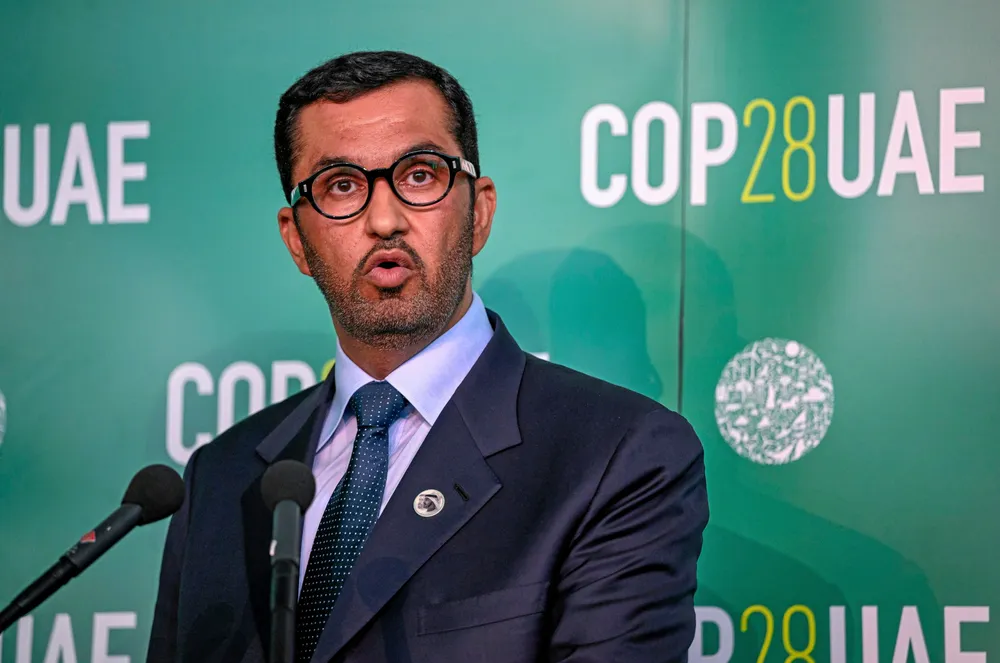COP28 set to include plan to double global hydrogen production to 180 million tonnes a year by 2030
President-designate Sultan Al Jaber calls for a near-impossible 'dramatic scale up of new low-carbon hydrogen production and decarbonisation of existing hydrogen production'
